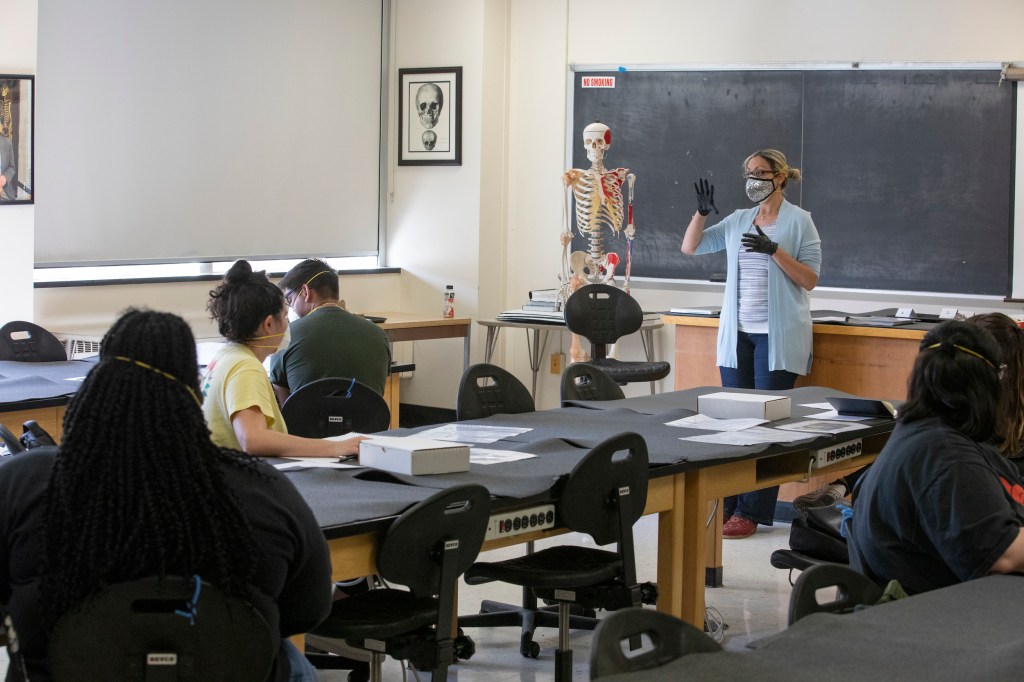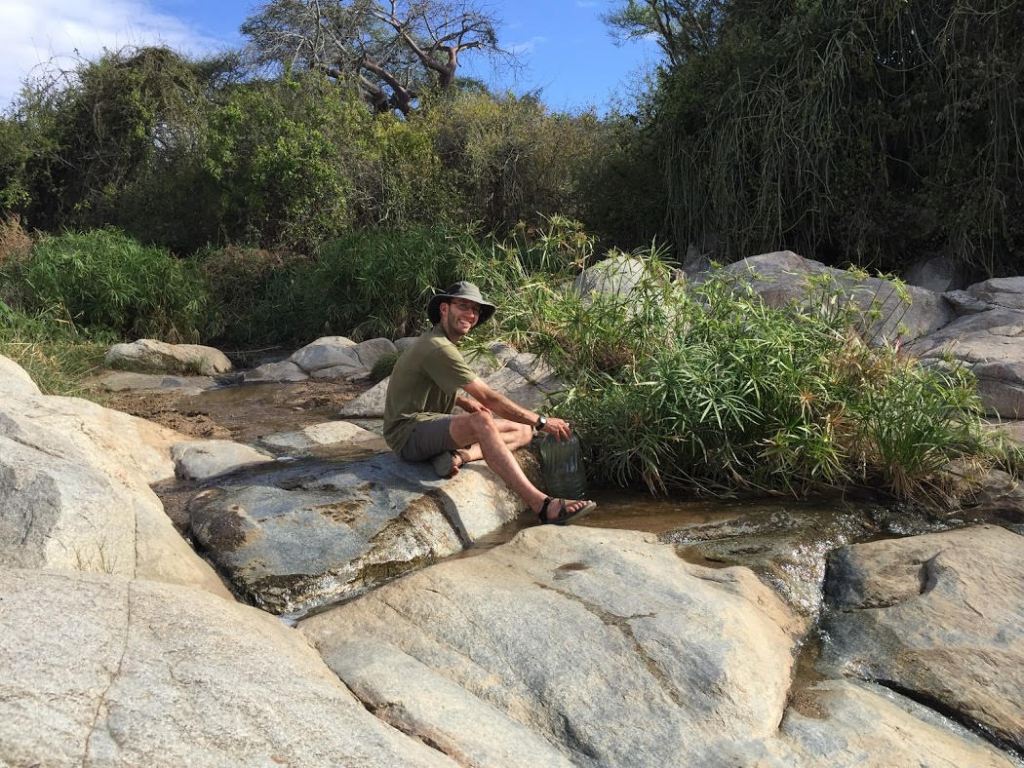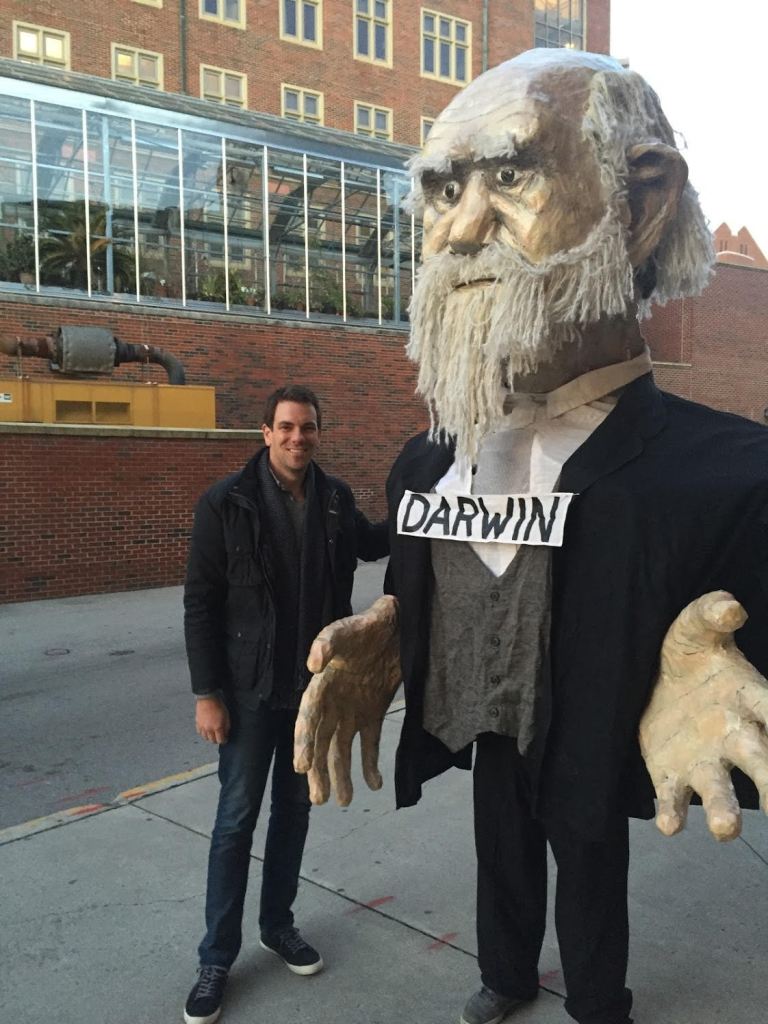
Summary
Dr. DiGangi from SUNY-Binghamton and Dr. Bethard from the University of South Florida joined the show to discuss their position papers on the use of ancestry in forensic sciences and in the justice system.
Recommendations
- What you should read to learn more:
- DiGangi, EA, Bethard, JD. Uncloaking a Lost Cause: Decolonizing ancestry estimation in the United States. Am J Phys Anthropol. 2021; 175: 422– 436. https://doi.org/10.1002/ajpa.24212
- Bethard, J.D. and DiGangi, E.A. (2020), Letter to the Editor—Moving Beyond a Lost Cause: Forensic Anthropology and Ancestry Estimates in the United States. J Forensic Sci, 65: 1791-1792. https://doi.org/10.1111/1556-4029.14513
- Confederates in the Attic: Dispatches from an Unfinished Civil War by Tony Horwitz (Penguin Random House, 1999)
- Just Mercy: A Story of Justice and Redemption by Bryan Stevenson (Penguin Random House, 2014)
- What they’re reading for work right now:
- DiGangi:
- White Fragility: Why It’s So Hard for White People to Talk About Racism by Robin DiAngelo (Beacon Press, 2018)
- How to Be an Anti-Racist by Ibram X. Kendi (One World, 2019)
- Bethard:
- Blakey, Michael. (2020). Archaeology under the Blinding Light of Race. Current Anthropology. 61. S183-S197. 10.1086/710357.
- Dr. Rachel Watkins (creation of race in the US)
- Link to Dr. Rachel Watkins’ AnthroBiology episode
- Dr. Carlina de la Cova (history of collections)
- Link to Dr. Carlina de la Cova’s AnthroBiology episode
- DiGangi:
- What they’re consuming for fun right now:
- DiGangi:
- Beekeeping literature
- Gardening
- Narrative of the Life of Frederick Douglass, an American Slave (full text) by Frederick Douglas
- Bethard:
- Here to Slay (Now the Roxane Gay Agenda) (link to Apple Podcasts)
- Schitt’s Creek (opens in Netflix)
- DiGangi:








